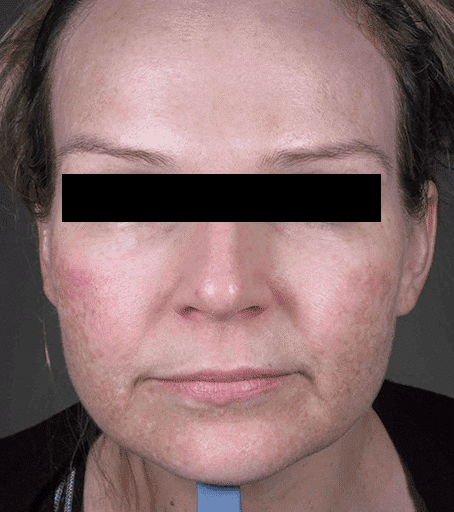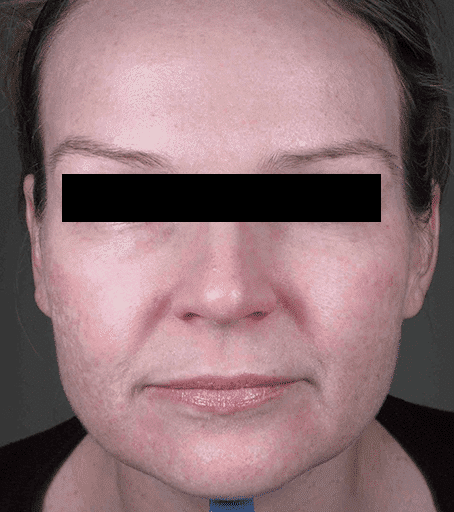
- Burns that only impact The upper layer of skin may result in changes to pigmentation during The healing process.
- Prompt treatment following a burn can help prevent long-term scarring.
- Thick burn scars can be effectively treated through the use of silicone, compression techniques, and lasers.
- Scars and Lasers offer a range of world
-class laser technologies for treating burn scars, including Picosecond lasers, vascular lasers, and CO2 lasers with laser assisted drug delivery.
- Vascular lasers can be effective in addressing red burn scars.
- For dark burn scars, Picosecond lasers may be The optimal treatment option.










In cases of severe burns, dermatologists collaborate with plastic surgeons to enhance tissue quality and improve range of motion. When working in private practice, we employ laser treatments to address first, second, and third-degree burns. These lasers include vascular lasers for hypertrophic and keloid burn scars, picosecond lasers for pigment and post-inflammatory skin discoloration, and specialised CO2 lasers with laser assisted drug delivery to soften skin and enhance its overall quality.

It's common for the skin to darken after a burn, particularly for individuals with darker skin. Applying SPF during the weeks following the burn can significantly lower the likelihood of developing post-inflammatory hyperpigmentation (PIH). To address existing pigmentation, we employ picolasers, which can effectively fade pigmentation with 2-5 treatments ranging from 3-8 weeks apart. There's only minimal or no recovery time associated with pigment lasers.

The most effective way to reduce redness following a burn is to use sunscreen regularly on the affected area after the burn has healed. It's recommended to apply sunscreen twice a day for 2-4 months. Additionally, vascular lasers can be used to address burns that have a red appearance. Typically, 2-6 sessions over 2-6 months are necessary for treatment.

Providing prompt care for a burn can lower the risk and severity of any resulting scarring. For minor first-degree burns, the affected skin should be soaked in cool water for 3-6 minutes, which can decrease blister formation. Afterward, an emollient like Vaseline should be applied to the area. It's essential to avoid any UV exposure to the burned area, especially if you have dark skin, for at least a month. In cases of more extensive burns, medical intervention is necessary to lower the likelihood of infection.

The classification of burn scars is based on the level of thermal injury sustained. -First-degree burns damage the outer layer of skin, known as the epidermis. This type of superficial burn typically heals within a week, with pigment changes commonly observed in darker skin types. -Second-degree burns affect both the upper and lower layers of skin, and may take 12 to 24 days to heal. These burns are more likely to result in scarring. -Third-degree burns are the most severe, as they involve damage to the top two layers of skin and underlying tissue. These types of burns can take a prolonged period to heal and often produce a scar. Nerves are frequently damaged in third-degree burns, resulting in altered sensation in the affected area.

Given the severity of third-degree burns, it's advisable to seek medical treatment in a hospital outpatient setting. For less severe cases, the following measures may be helpful: -Compression, which involves applying pressure to the affected area and is considered the gold standard. Ideally, compression garments should be worn 24 hours a day for 3-12 months. -Silicone may be used as an adjunctive therapy. -Surgery may be necessary for severe contractures, which limit movement. Surgery can release these contractures and enable greater mobility. -Physiotherapy and occupational therapy may be used to mobilize the affected areas, which can reduce the formation of contractures. -Vascular lasers and hybrid lasers (Alma Hybrid) may be utilised to reduce redness and improve the quality and pliability of scars.

Typically, patients will need to undergo 6 to 12 laser sessions over the course of 1-2 years. The reason for this is due to the fact that scar tissue has limited regenerative capacity to remodel, with a significant decrease in hair follicles that provide the regenerative capacity to heal.
For all appointment enquiries, medical referrals and urgent enquiries please contact us at info@scarsandlasers.co.nz or (09) 524 5011.
